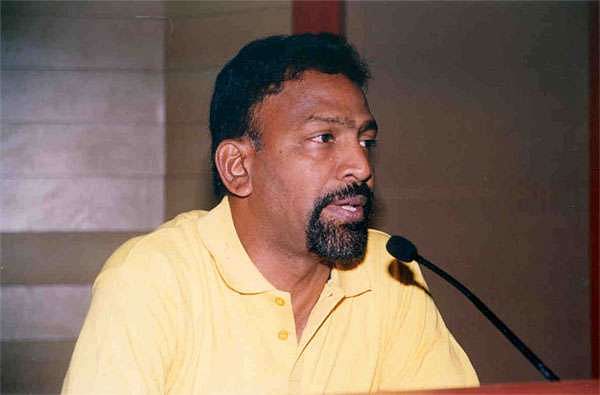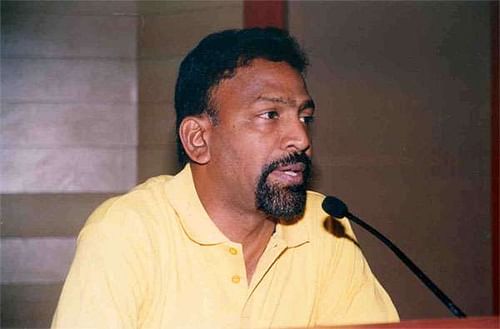
Pro Kabaddi League 2017 Season 5: The amazing story of Kabaddi's shift from mud to mat
His name is Prasad Rao but if by chance you visit his hometown in Vizag and ask for Prasad, the chances are, nobody would be able to tell you who he is. But if you send a letter and address it to “Kabaddi Rao”, it will automatically land at his house.
“My name has become a brand,” Rao told Sportkseeda. “Because I opened the first kabaddi academy in India in Gujarat and stayed there for 22 years. I played kabaddi professionally for seven years at the state level but honestly speaking, I wasn’t a very good player.”
But Rao always had a keen eye for detail and talent. He realised that he could make immense contributions to the sport, despite retiring as a player abruptly. His physical education teacher from his school inspired him to keep in touch with the sport.
A former coach of the Indian national team for close to two decades, Rao was adamant on taking the sport to the global stage. But the sport was being played on mud, a surface that international athletes keep away from.
Which is why in 2002, in his final year as coach of the Indian team, he decided to make his mark and attempted to do so by pushing the envelope. India were in Busan, South Korea as part of the 2002 Asian Games – an ideal platform for Rao to test his intentions. While at the venue, he began talking to different experts regarding the ideal surface that kabaddi players could play on.
Also read: Pro Kabaddi League 2017 Season 5: 5 teams who have still not decided their captain
“We tried many surfaces – the wrestling mat, judo mat, volleyball mat but we couldn’t get the proper surface. Luckily at the 2002 Asian Games in Busan, South Korea there was a company which produces world class mats.”
“I applied my own strategy, according to me shifting from mud to mat was really difficult because even the associations were not willing to embrace this change. Because you can find mud anywhere, even in schools too, all you needed was a small area,” he added.
Rao was consistently told that the condition of the game would worsen if he tried to shift the game from mud to mat. But he always took a holistic view of the situation. As the criticisms began to pour in, he continued to work on the sidelines, hoping to find a solution. There was no other way, if kabaddi had ambitions of being a global sport, the mat was a prerequisite.
“We created a mat along with a company I had worked with. I told them to increase the tension strength of the mat and the hardness. It was originally a taekwondo mat but we made it harder and began using it for kabaddi,” Rao explained.
But at the 2002 Asian Games, there was no stadium available to play kabaddi. Rao urged his fellow international members that they should be willing to play even on the basketball court. All they had to do was lay the mat over the cement court.
They agreed and all the member countries supported this move that Rao had initiated. For the first time, in 2002 after numerous decades, for the first time ever, kabaddi was played on a mat surface of international standards.
But despite winning gold and coming back home, some critics still were reluctant to embrace the mat. Fast forward to 2017 and kabaddi is played on the mat across the entire globe. It was always going to be impossible for Europeans and other continents to consider this sport as an international game without shoes and a standard mat. Prasad Rao’s efforts eventually bore fruits and they turned out to be the sweetest fruits he’ll ever eat.
Though South Korea hosted the 2002 Asian Games, they didn’t participate in kabaddi until 2003 after Rao visited the nation. “I am the founder of Korean Kabaddi,” Rao proudly signed off.
Also read: Pro Kabaddi League 2017 Season 5: Five teams with the weakest attacks
